-
main-collection-product-grid
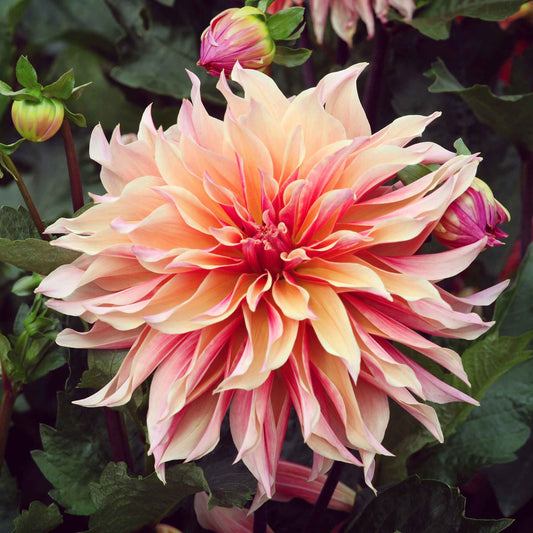
Dahlia Tubers (Dinnerplate) - Labyrinth
It's easy to get lost in these lovely peach-colored feathery bloomsDahlia Tubers (Dinnerplate) - Labyrinth
It's easy to get lost in these lovely peach-colored feathery bloomsRegular price As Low As $22.99Regular priceUnit price per -
main-collection-product-grid
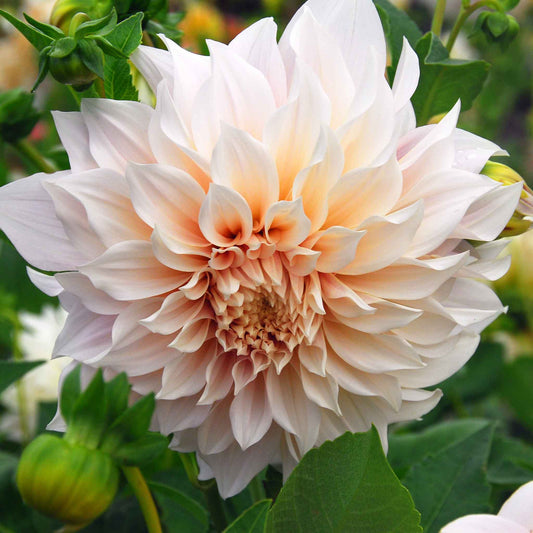
Dahlia Tubers (Dinnerplate) - Cafe au Lait
The most sought-after dahlia for floral workDahlia Tubers (Dinnerplate) - Cafe au Lait
The most sought-after dahlia for floral workRegular price As Low As $22.99Regular priceUnit price per -
main-collection-product-grid
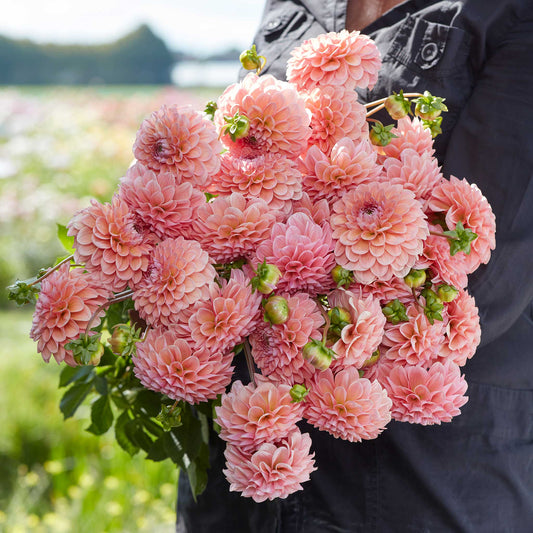
Dahlia Tubers (Ball) - Linda's Baby
This darling of the dahlia field is especially symmetrical and well-formedDahlia Tubers (Ball) - Linda's Baby
This darling of the dahlia field is especially symmetrical and well-formedRegular price As Low As $22.99Regular priceUnit price per -
main-collection-product-grid
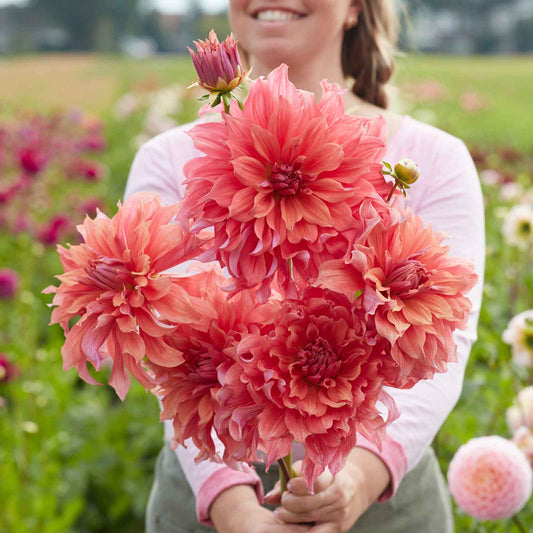
Dahlia Tubers (Dinnerplate) - Belle of Barmera
Let this exotic beauty transport you somewhere tropicalDahlia Tubers (Dinnerplate) - Belle of Barmera
Let this exotic beauty transport you somewhere tropicalRegular price As Low As $27.99Regular priceUnit price per -
main-collection-product-grid
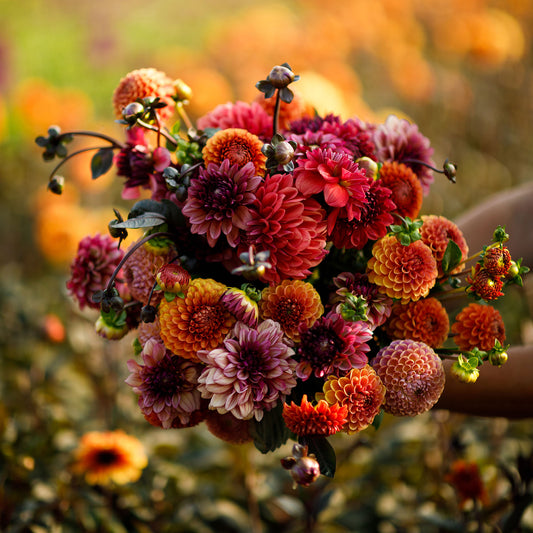
Dahlia Tubers (Ball & Decorative) - Old Rose Mix
A timeless collection of vintage-toned ball and decorative bloomsDahlia Tubers (Ball & Decorative) - Old Rose Mix
A timeless collection of vintage-toned ball and decorative bloomsRegular price As Low As $49.99Regular priceUnit price per -
main-collection-product-grid
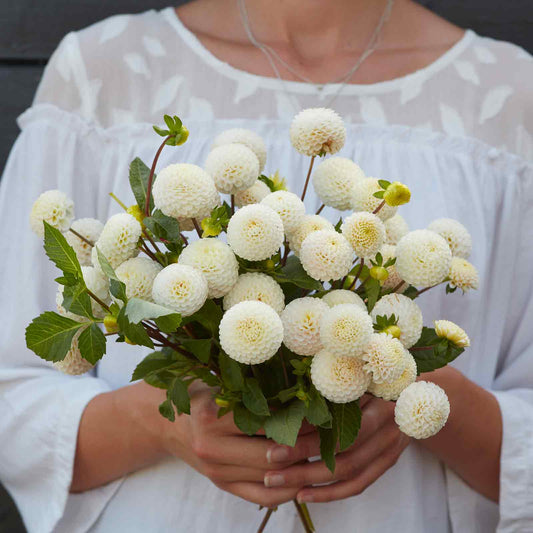
Dahlia Tubers (Mini Pompon) - Small World
A miniature white pompon perfect for flora accents and bouquet fillerDahlia Tubers (Mini Pompon) - Small World
A miniature white pompon perfect for flora accents and bouquet fillerRegular price As Low As $23.99Regular priceUnit price per -
main-collection-product-grid
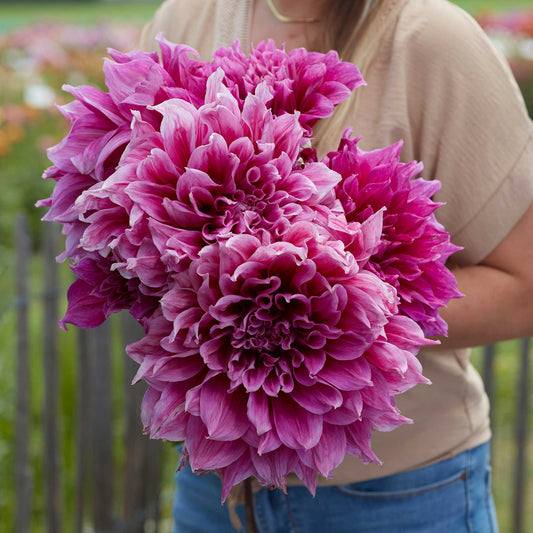
Dahlia Tubers (Dinnerplate) - Emory Paul
The largest dinnerplate dahlia in the loveliest shade of pinkDahlia Tubers (Dinnerplate) - Emory Paul
The largest dinnerplate dahlia in the loveliest shade of pinkRegular price As Low As $22.99Regular priceUnit price per -
main-collection-product-grid
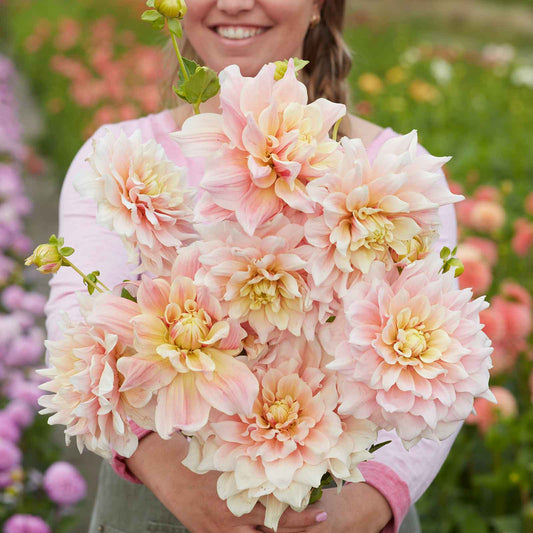
Dahlia Tubers (Dinnerplate) - Break Out
A striking blush-colored dahlia developed in 2002Dahlia Tubers (Dinnerplate) - Break Out
A striking blush-colored dahlia developed in 2002Regular price As Low As $22.99Regular priceUnit price per -
main-collection-product-grid
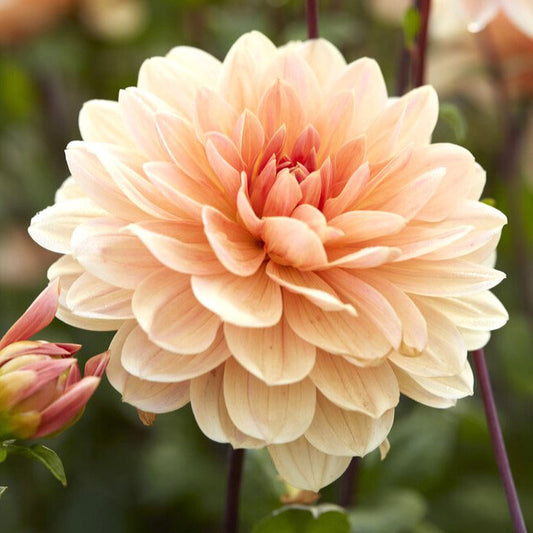
Dahlia Tubers (Waterlily) - Apricot Desire
Best planted in groups for visual effectDahlia Tubers (Waterlily) - Apricot Desire
Best planted in groups for visual effectRegular price As Low As $27.99Regular priceUnit price per -
main-collection-product-grid
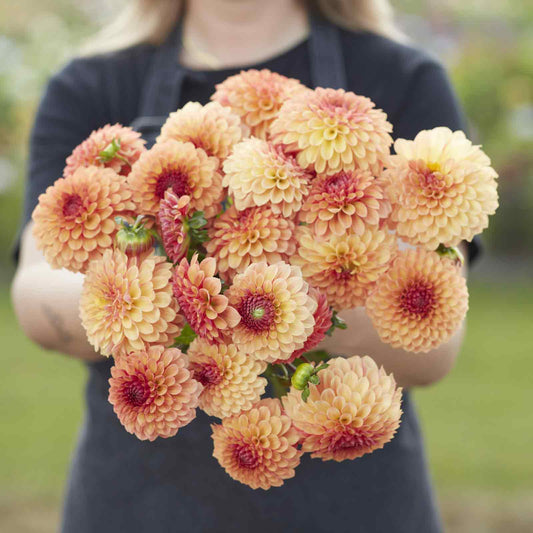
Dahlia Tubers (Ball) - Bonanza
These peachy bicolored blooms are a staple in the cutting gardenDahlia Tubers (Ball) - Bonanza
These peachy bicolored blooms are a staple in the cutting gardenRegular price As Low As $22.99Regular priceUnit price per -
main-collection-product-grid
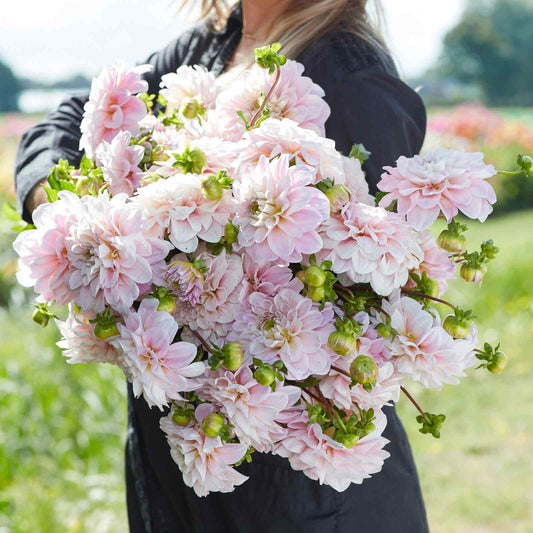
Dahlia Tubers (Decorative) - Sweet Nathalie
Blush-colored decorative blooms perfect for wedding arrangementsDahlia Tubers (Decorative) - Sweet Nathalie
Blush-colored decorative blooms perfect for wedding arrangementsRegular price As Low As $22.99Regular priceUnit price per -
main-collection-product-grid
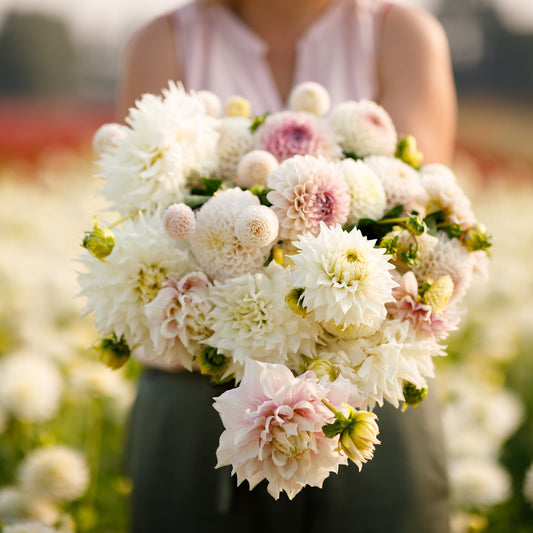
Dahlia Tubers - Romantic Mix
A ravishing assortment of blush blooms from five different dahlia speciesDahlia Tubers - Romantic Mix
A ravishing assortment of blush blooms from five different dahlia speciesRegular price As Low As $48.99Regular priceUnit price per -
main-collection-product-grid
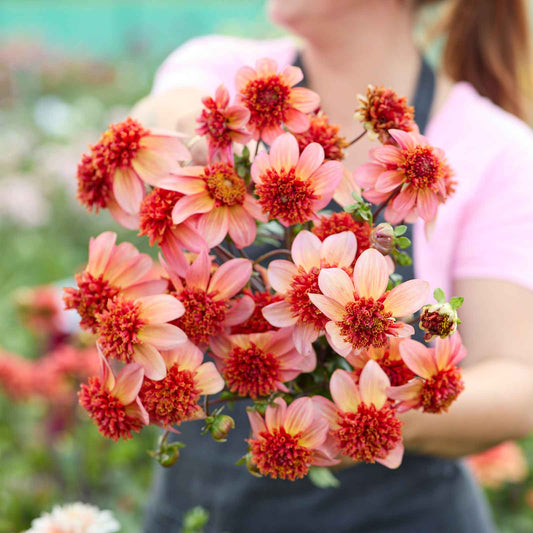
Dahlia Tubers (Anemone-Flowered) - Totally Tangerine
A unique anemone-shaped bloom in shades of sherbetDahlia Tubers (Anemone-Flowered) - Totally Tangerine
A unique anemone-shaped bloom in shades of sherbetRegular price As Low As $22.99Regular priceUnit price per -
main-collection-product-grid
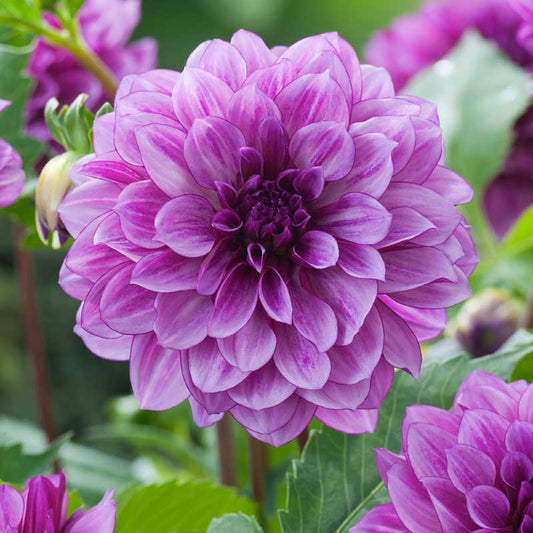
Dahlia Tubers (Decorative) - Blue Bell
Pair this beauty with pinks and yellows for a blue illusionDahlia Tubers (Decorative) - Blue Bell
Pair this beauty with pinks and yellows for a blue illusionRegular price As Low As $22.99Regular priceUnit price per -
main-collection-product-grid
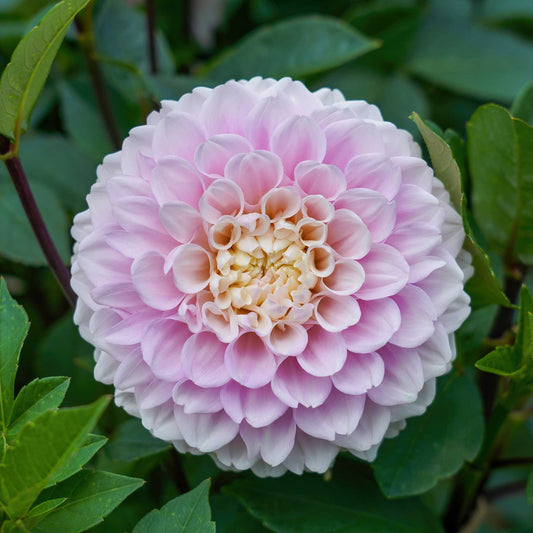
Dahlia Tubers - Wizard of Oz
Dahlias that present an air of nostalgia and childlike wonderDahlia Tubers - Wizard of Oz
Dahlias that present an air of nostalgia and childlike wonderRegular price As Low As $22.99Regular priceUnit price per -
main-collection-product-grid
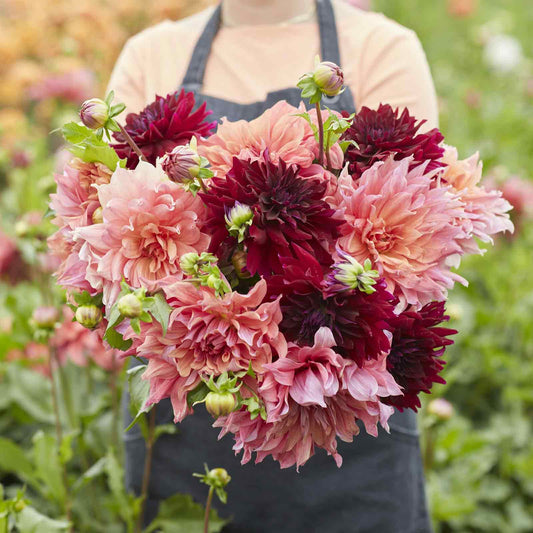
Dahlia Tubers - Antique Blush Mix
A collection of vintage-toned blooms for the old soulDahlia Tubers - Antique Blush Mix
A collection of vintage-toned blooms for the old soulRegular price As Low As $48.99Regular priceUnit price per -
main-collection-product-grid
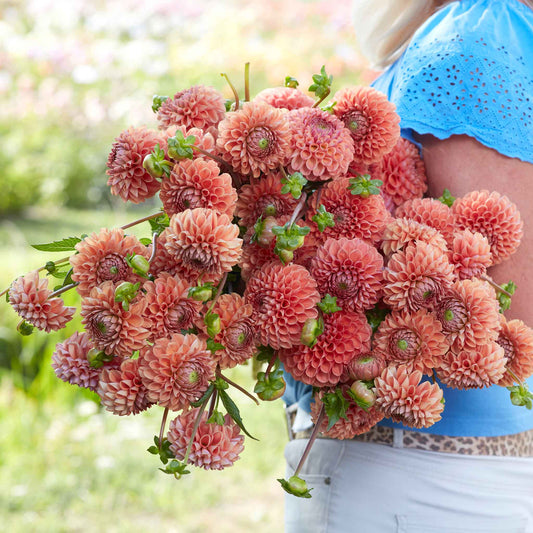
Dahlia Tubers (Ball) - Cornel Bronze
These rust colored blooms are perfect for autumn bouquetsDahlia Tubers (Ball) - Cornel Bronze
These rust colored blooms are perfect for autumn bouquetsRegular price As Low As $22.99Regular priceUnit price per -
main-collection-product-grid
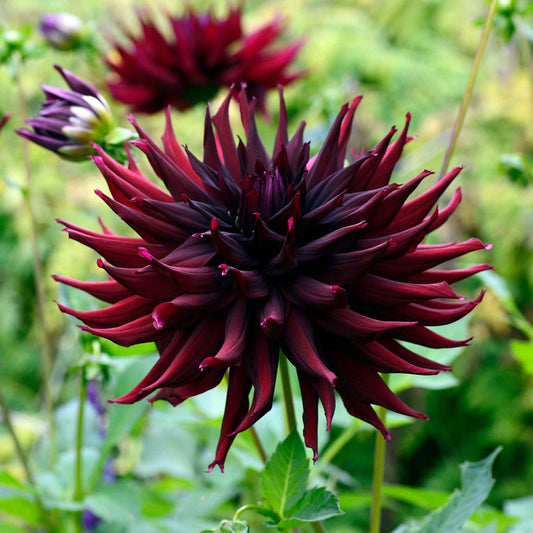
Dahlia Tubers (Semi-Cactus) - Black Narcissus
By far the most unusual dahlia with black tones and pointy petalsDahlia Tubers (Semi-Cactus) - Black Narcissus
By far the most unusual dahlia with black tones and pointy petalsRegular price As Low As $22.99Regular priceUnit price per -
main-collection-product-grid
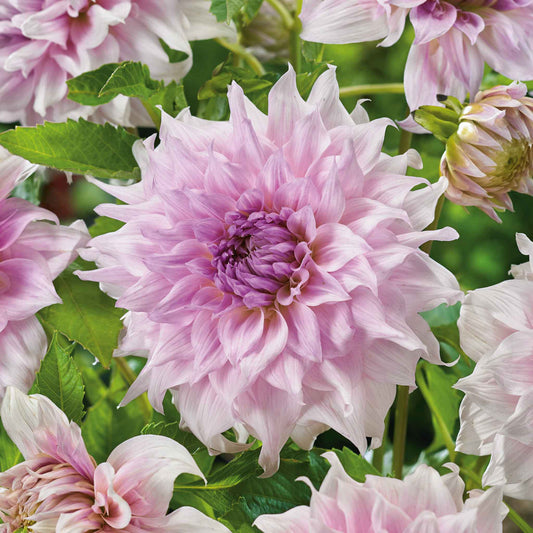
Dahlia Tubers (Dinnerplate) - Shiloh Noelle
A lovely lavender dinnerplate dahlia that's a favorite with bridesDahlia Tubers (Dinnerplate) - Shiloh Noelle
A lovely lavender dinnerplate dahlia that's a favorite with bridesRegular price As Low As $22.99Regular priceUnit price per -
main-collection-product-grid
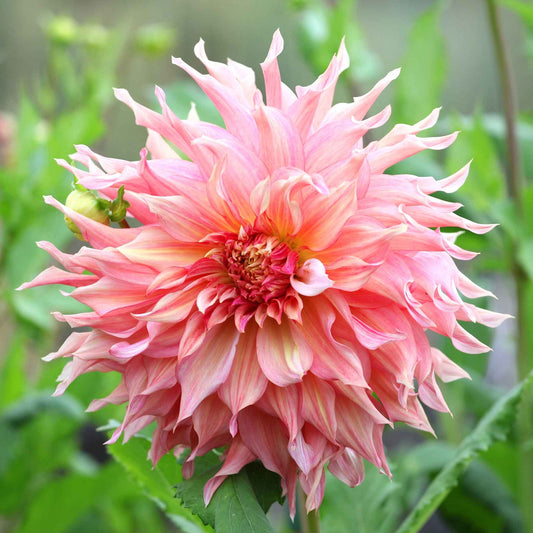
Dahlia Tubers (Dinnerplate) - Penhill Watermelon
A coral beauty that is extremely tall with far-reaching bloomsDahlia Tubers (Dinnerplate) - Penhill Watermelon
A coral beauty that is extremely tall with far-reaching bloomsRegular price As Low As $22.99Regular priceUnit price per -
main-collection-product-grid
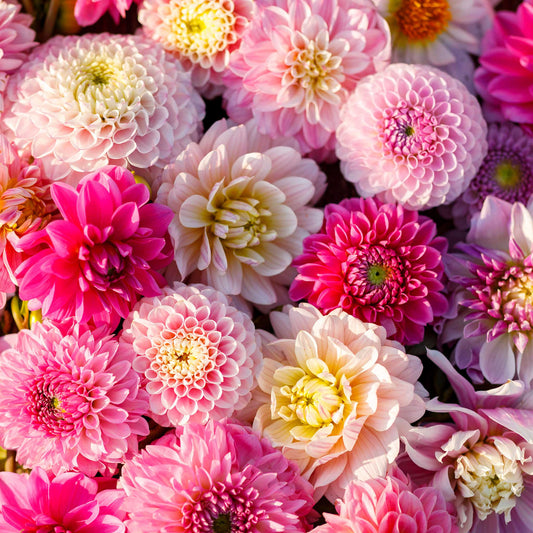
Dahlia Tubers (Ball & Decorative) - Shirley Mix
This blend of blushing pink ball and decorative dahlias explodes with textureDahlia Tubers (Ball & Decorative) - Shirley Mix
This blend of blushing pink ball and decorative dahlias explodes with textureRegular price As Low As $48.99Regular priceUnit price per -
main-collection-product-grid
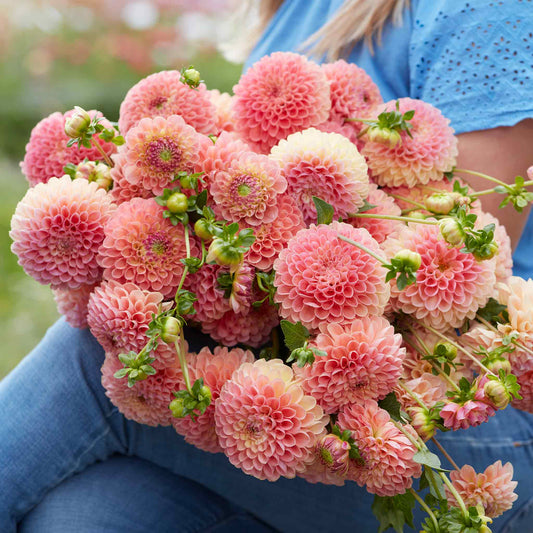
Dahlia Tubers (Ball) - Jowey Nicky
This irresistible cantaloupe-colored bloom is a must growDahlia Tubers (Ball) - Jowey Nicky
This irresistible cantaloupe-colored bloom is a must growRegular price As Low As $22.99Regular priceUnit price per -
main-collection-product-grid
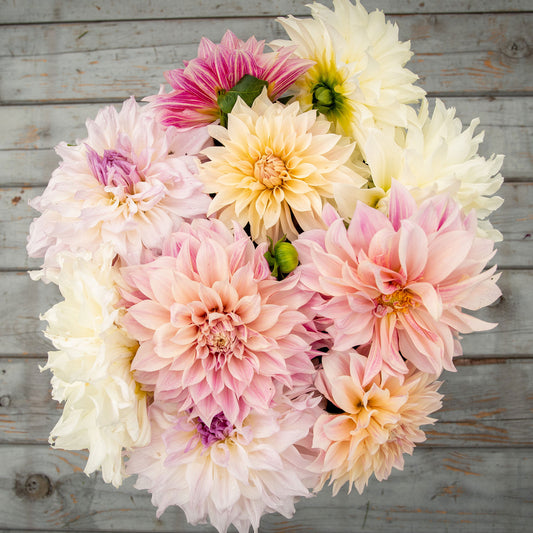
Dahlia Tubers (Dinnerplate) - Celestial Mix
Delightful mix of feathery dinnerplates: Shiloh Noelle, Cafe au Lait, and FleurelDahlia Tubers (Dinnerplate) - Celestial Mix
Delightful mix of feathery dinnerplates: Shiloh Noelle, Cafe au Lait, and FleurelRegular price As Low As $32.99Regular priceUnit price per -
main-collection-product-grid
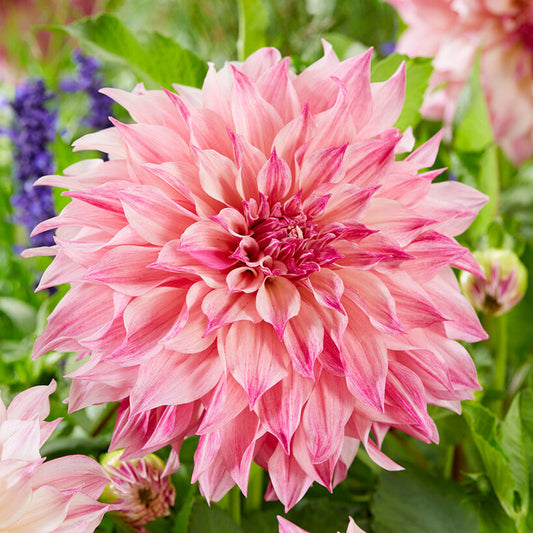
Dahlia Tubers (Dinnerplate) - Cafe Au Lait Rose
Magnificent, awe-inspiring dinnerplate bloomsDahlia Tubers (Dinnerplate) - Cafe Au Lait Rose
Magnificent, awe-inspiring dinnerplate bloomsRegular price As Low As $23.99Regular priceUnit price per
What we love about dahlia tubers
- 118 dahlia tuber varieties
- Easy to grow perennials
- Many colors, shapes, and sizes to choose from
- Thrive and produce more in full sun
Dahlia Bulbs Online
Named for the 18th century Swedish botanist Anders Dahl, these perennial beauties are as interesting as they are beautiful. Dahlias were named the national flower of Mexico in 1963. The aztecs grew tubers as a food crop, however, the practice died out after the Spanish Conquest. Due to an enormous growth in popularity in recent years, new dahlia cultivars are being introduced regularly and we're proud to offer one of the largest selection anywhere, from the enormous dinner plates such as the Break Out dahlia to the more unusual Cactus Dahlia such as Black Narcissus. Dahlias are a genus of tuberous, herbaceous perennial plants that are native to Central America and Mexico. As members of the compositae family of plants, they are relatives of daisies, zinnias, chrysanthemum, and sunflowers! Dahlias are octoploids, meaning they have eight sets of homologous chromosomes, whereas the average plant has but two.
Dahlia stems range in height from 12 inches to a towering six to eight feet! That said, the majority of species do not produce scented varieties. The bright, vibrant colors are the main attraction, with hues that cover the length of the color wheel. If color is what you're after, try growing one of Eden Brothers' exclusive dahlia tuber mixes.
Dahlia Bulb Planting and Care
When growing dahlias in your yard, there are a few things to keep in mind. Dahlias really prefer warm soil and should be planted in the warm and long days of spring. Typically, you would plant dahlias when you plant your vegetable patch. You can plant dahlias as late as mid-June in most parts of the country. When selecting a planting location, seek out an area with full sun (six hours or more a day). Dahlias thrive in full sun, but can tolerate some partial shade. A general rule is the more sun, the bigger the flowers, so plan accordingly. Try to choose a location that is sheltered from the wind. One of the most vital things when planting dahlias is to choose an area that is well-draining. Dahlias do not like soggy roots.
Once you have selected the perfect location for your tubers, dig a hole that is twice as wide and deep as the tuber. Place the tuber in the hole with the eye facing up. The eye is the point on the tuber from which the plant grows. If you plan to plant multiple dahlias in the same area, be sure to separate each one by about two feet. this practice will ensure that each tuber has proper space to grow. Shorter varieties can be planted closer together. Depending on the size of the variety, rows should be about three to five feet apart. Fill the holes with just enough soil to cover the top of the tuber. Once you see new growth appear, add more soil. Slowly covering the stem with soil will allow the stem to strengthen, thus supporting the flowers better. Young dahlias do not require a lot of water. larger plants should be watered if the rainfall is less than one inch in seven days. Remove any broken or damaged foliage.
For more information about planting, growing, and caring for dahlias, see the Dahlia Bulbs Planting Guide.























